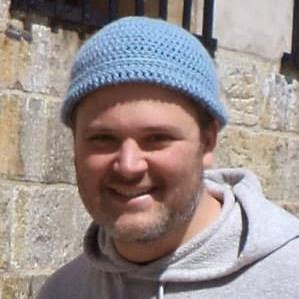Some have said that this passage, the parting and crossing of the Red Sea in Exodus, lacks archeological authentication. The most scholarly claim made is that the Israelite’s crossed the Sea of Reeds. There is much imagery of the way this is done. Most of it depicts a sea that has parted, water standing high on end, as the Israelites pass, and then once they are out of the way the sea collapses. This is a rather uniformed way of looking at the way things happened.
In another blog, I have mentioned that there is evidence for crossing into the Arabian Peninsula from Africa at two different times, but that each of these times does not match the date given by the “Hebrew” calendar.
Archaeology suggest that the two exoduses from Africa happened at a much earlier date than is suggested by the Hebrew calendar. As I am writing this, the Hebrew calendar says that the world is yet to be 6,000 years old. Yet, as I am writing this scholarly folk have think they have disproved this as the actual date. What is certain is that the Hebrew calendar is Kabbalistically correct with some world events, but I think that it is possible that neither the Bible scholars nor the scientists have the correct answer.
I accept that the two exoduses where by Jews, where the exodus of Abraham, the first Jew, and his company represents one exodus,
and the exodus of Moses with the Israelites from Africa represents a second exodus.
Thus, I am deriving the word Jew from the word Abraham here, and not Judah.
The first exodus - Abraham's exodus - occurs in the book of Genesis. The second exodus occurs in the book of Exodus.
The reason I am writing this is mainly to correct the imagery that is common to paintings. I specifically remember traveling to Canada as a youth. More importantly, during my journey I encountered tides that fluctuated many more feet than they do on Cape Cod. If I remember correctly, it was said that of one area that I was in that the tide regularly fluctuated 40ft.
This is probably more than double the amount of fluctuation in my area. This amount of fluctuation is enough that it is possible to consider that the part of the Red Sea did occur for Moses and the Israelites, but that it was a tidal fluctuation. It is conceivable that tidal patterns change.
Thus the Israelites crossing of the Red Sea, may have possibly been due to irregularities of tidal fluctuation. For example, tidal fluctuations in my area, predicted well in advance, are available for purchase, and it is even predictable when moon tides will occur. A moon tide is a tidal change that is more extreme than is normal. Thus, Moses only needed to be familiar with tidal regularities in order to cross the Red Sea at best time, in order to escape from Pharaoh’s men.
However, I suggest, something even greater than a moon tide. Think bigger: a great tidal wave generated by an earthquake may have been involved. Their is 6th sense some people have when it comes to creatures activities with respect to natural disasters. I suggest, Moses had that same sense.
Thus, I accept that it was not a sea of reeds that parted for the Israelites. It was that the area to either side was water, and that there was an extensive stretch of sand that made it possible for Israelites to walk across at low tide, and that this was due to an earthquake. However, by the time the Israelites had crossed, the tides were changing such that Pharaoh’s men were unable to cross, and may have drowned or been forced to swim.





